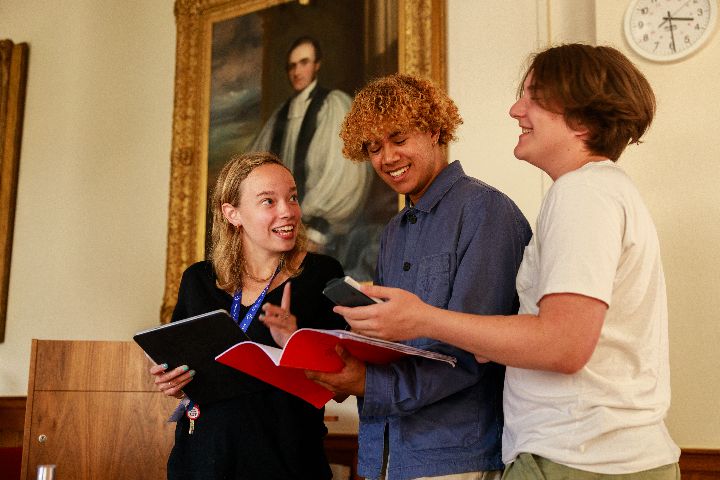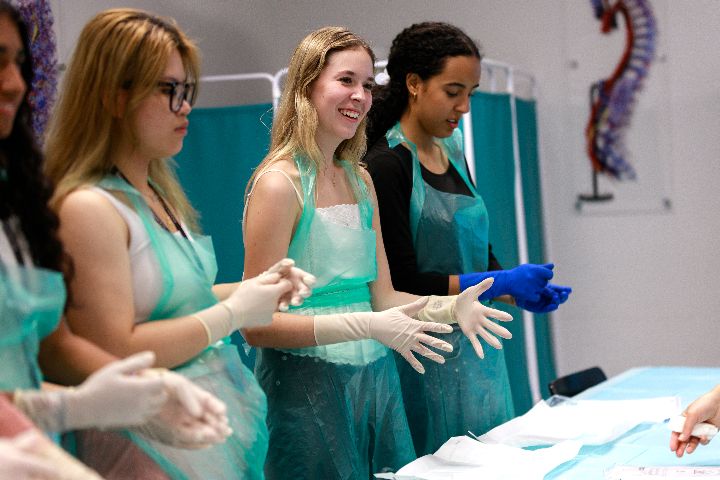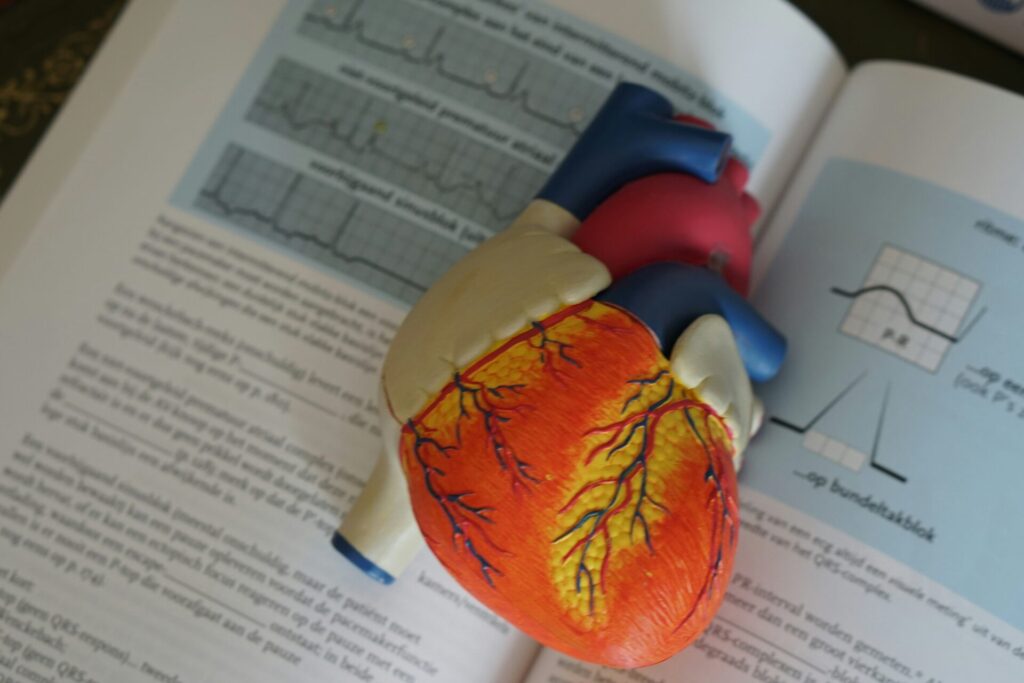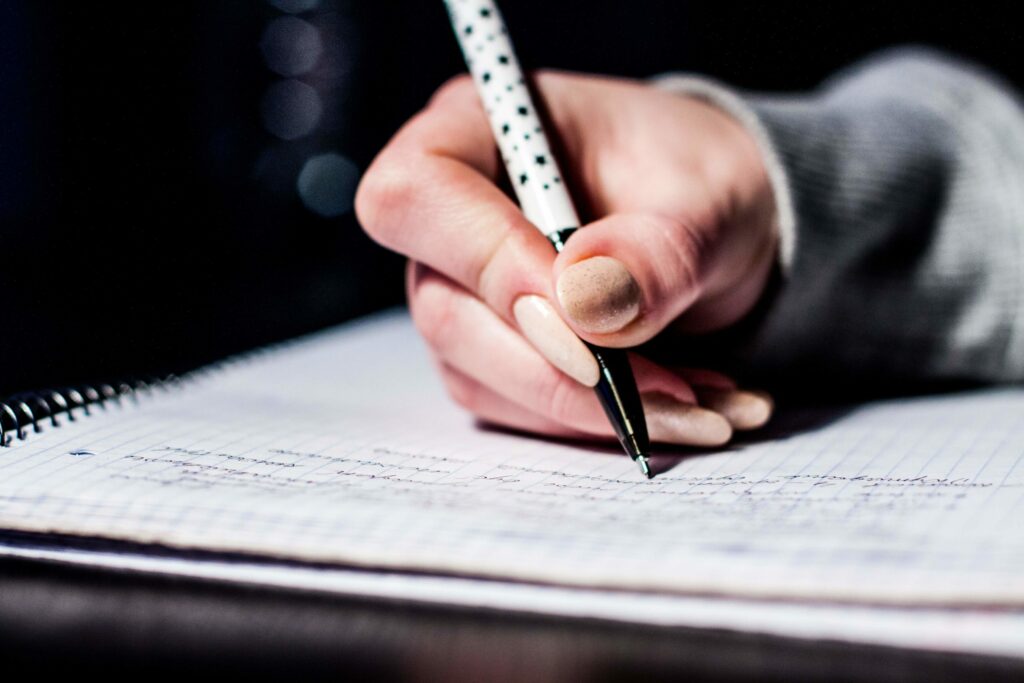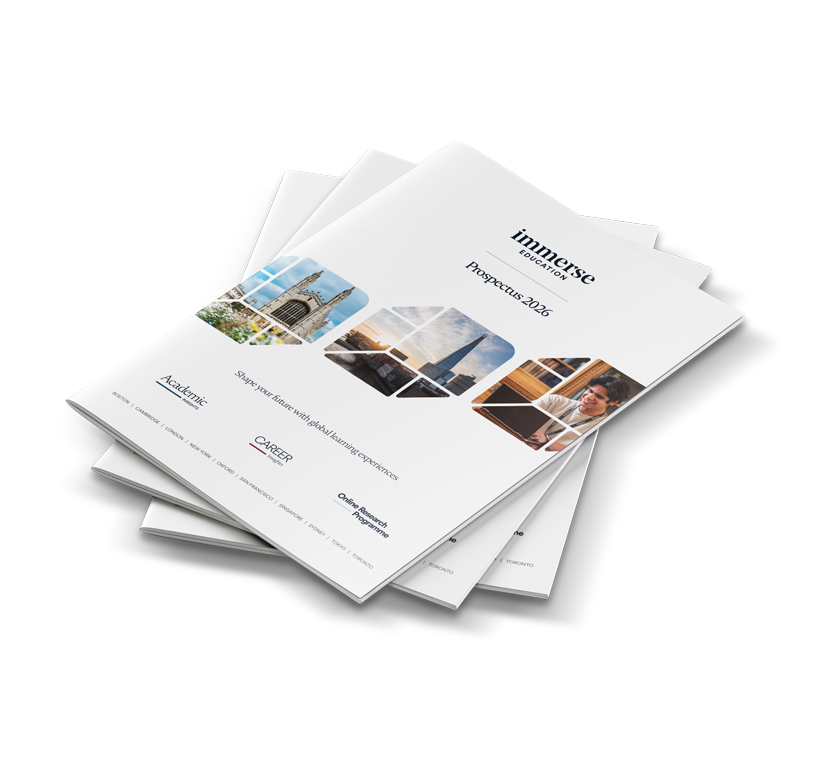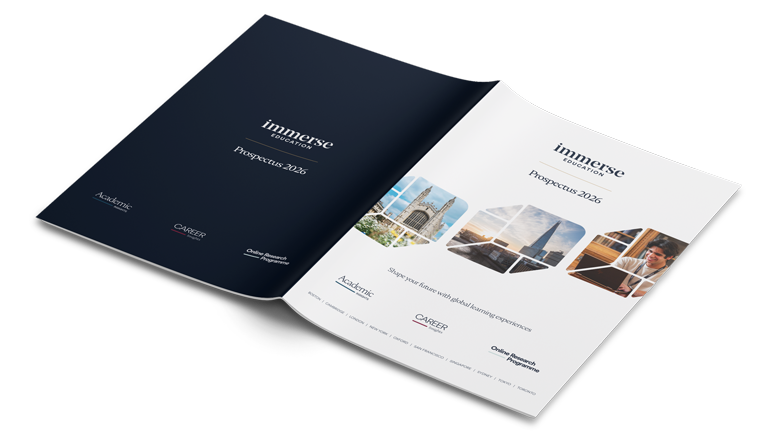The History GCSE can feel like a mountain to climb, with its sprawling syllabus, countless dates, and the pressing need to craft well-argued essays. But don’t worry! Whether you’re aiming for a Grade 9 or simply looking to improve your understanding, this guide is here to support you.
By breaking down the subject into manageable steps, using dynamic revision methods, and honing your exam techniques, you can unlock your full potential in History GCSE. Here’s everything you need to know to revise effectively, stay motivated, and succeed.
Everything You Need to Know About History GCSE
The History GCSE challenges students to explore the past, analyse causes and consequences, and build critical essay-writing skills. Depending on your exam board (AQA, Edexcel, OCR, etc.), you’ll be asked to cover specific topics, such as World War I, the Cold War, or the Industrial Revolution, and apply historical knowledge to answer skills-based questions.
Excelling in history is about more than picking the right facts. It’s about practising well-structured answers, understanding exam schemes, and balancing analysis with evidence. Revision plays a huge role, and with the right strategies, you can develop the confidence to ace your exam.
Top Strategies for Effective History GCSE Revision
Break Down the Syllabus into Manageable Sections
The first step is to make the volume of material less overwhelming. Go through your syllabus and divide it into smaller themes or time periods. For example, you could focus on “Key Causes of World War I” one week and “Social Changes During the Industrial Revolution” another.
Set realistic daily or weekly study goals so you can steadily progress. A clear plan ensures no part of the syllabus is missed, reducing stress and allowing you to celebrate small victories as you tick off topics.
Here’s an example of a weekly breakdown for revising “The Cold War”:
- Monday: Origins of the Cold War (Yalta and Potsdam Conferences)
- Tuesday: Iron Curtain Speech and impacts in Europe
- Wednesday: Berlin Airlift and NATO
- Thursday: Korean War and its global significance
- Friday: Quiz yourself and review difficult areas
Having a schedule makes revision manageable and gives you a clear structure to follow.
Use Flashcards to Memorise Key Dates and Events
Flashcards are invaluable for recalling names, dates, and facts quickly. Create a set of cards with important events on one side (e.g., “Battle of Hastings”) and their year or causes on the other.
To make flashcards more effective, use active recall and spaced repetition. Active recall is about challenging your brain to remember information without looking it up, while spaced repetition involves reviewing the cards over increasing intervals. Together, these methods enhance your retention. Apps like Anki or Quizlet are helpful for organising flashcards digitally and scheduling reviews.
For example:
- Front: What happened in 1914?
- Back: Assassination of Archduke Franz Ferdinand led to the start of World War I.
Practising with flashcards for just 10–15 minutes daily can make a massive difference in how well you remember critical details.
Flashcards are incredibly versatile for History GCSE revision, catering to different learning needs. For definitions, create flashcards where the front includes a historiographical term, such as “proletariat” or “appeasement,” and the back defines it. For quotes, try writing the first few words of a historian’s insight on the front and the full quote on the back. Alternatively, put the quote on one side and the author or context on the other.
You can also make event-based flashcards by listing a key date (e.g., June 6, 1944) on the front and its significance (D-Day) on the back. For causes and consequences, the front could pose the question, “What were the causes of the Great Depression?” with a detailed answer on the other side. These varied formats ensure your revision is comprehensive and engaging, while helping you retain vital details with ease.
Highlight Information in Different Colours
Colour-coding is a simple but powerful way to organise your revision. It transforms dense information into a visually engaging format, making it easier to digest and remember. While printed notes are useful, creating and colour-coding your own notes is even better. Writing your own notes not only helps you process the information in your own words but also gives you full control over how it’s presented.
To develop your colour-coding system, assign specific colours to different elements of your History GCSE syllabus. For example:
- Dates: Highlight in blue to quickly identify significant moments in time.
- Key figures: Use red for prominent names like Elizabeth I, Adolf Hitler, or Rosa Parks.
- Causes: Highlight in yellow to distinguish the driving factors behind events like revolutions or wars.
- Consequences and impacts: Use green to underline the outcomes of major events, such as the effects of the Industrial Revolution on social structures.
- Historiography (or historians’ interpretations): Mark in purple to differentiate academic viewpoints for extra credit in essays.
This vibrant visual approach not only brightens your notes but also helps you focus on different aspects of your revision. Colour-coded notes integrate seamlessly with other tools. For example, if you’re creating a timeline, it becomes much easier to reference your notes and locate key dates or events highlighted in blue. Likewise, when making flashcards for key quotes from influential historians, having their insights already marked in purple in your notes saves time and effort.
This method simplifies your revision while empowering you to focus on improving content knowledge and exam technique. By combining creativity with strategy, you’re not just studying smarter, you’re making the learning process more enjoyable.
Practice Past Papers to Perfect Timing
Exam performance isn’t just about knowing the material; it’s also about applying it under pressure. This is where practising past papers becomes vital. Begin by selecting questions that align with the topics you’ve revised. Cover a mix of question types, such as source analysis, short answers, and essay-style questions, to ensure you’re prepared for every format.
Set a timer based on the marks allocated—for instance, allow 25 minutes for a 16-mark essay question. Work in silence and replicate exam conditions as closely as possible to familiarize yourself with the pressure of real exams. After completing the paper, review your answers critically. Pay attention to the structure of your arguments, the depth of your examples, and whether your answers address the question directly.
By consistently practising, you’ll notice patterns in how questions are framed, which helps to boost your confidence and refine your technique. Over time, past paper practice not only sharpens your content knowledge but also equips you with the resilience needed to tackle exams with clarity and focus.
Create a Timeline for Historical Events
Timelines enable you to see the bigger picture, helping you understand how events connect and overlap. Use an A3 sheet or online tools to map out key events chronologically. Divide it into eras, significant themes, or regions.
Timelines are brilliant tools for grasping the sequence of events and identifying how they interconnect. They are particularly invaluable for parts of the History GCSE syllabus that focus on chronological events or overlapping historical periods. For instance, constructing a timeline for World War II enables you to piece together key milestones, such as the German invasion of Poland or D-Day, while noting how these influenced other global developments. Similarly, thematic studies, like public health improvements over time, benefit from timelines that highlight pivotal breakthroughs from the Middle Ages to modern vaccinations.
A well-crafted timeline might divide events into color-coded sections to represent different themes or regions. For example, mark political events in blue, social changes in green, and international conflicts in red. Add annotations next to dates with brief facts or significant consequences to link context with events. Enhance engagement with small visuals, such as a crown to signify the coronation of Queen Elizabeth II. This combination not only makes your timeline visually appealing but also transforms it into an interactive study aid that brings clarity and makes recalling details in the exam much easier.
Mark Your Work Using the Exam Scheme
After completing essays or practice questions, always mark your work using the exam board’s criteria. This method ensures that you’re focusing on what examiners value most. For instance, ask yourself:
- Does your argument directly answer the question?
- Have you included specific examples to strengthen your points?
- Are you analysing causes and consequences, not just describing events?
Use a variety of bright, positive colors to celebrate what you’ve done well. For example, highlight well-supported evidence in green, insightful analysis in blue, and strong counterarguments in purple. The goal is to fill your work with a vibrant ‘rainbow,’ representing the rich depth and quality of your essay. The more colors you see, the more confident you can feel about your progress. This method also helps pinpoint areas that need further development while keeping the process encouraging and uplifting. By focusing on adding value to your work, you’ll feel motivated to refine and elevate the quality of every essay you write.
Incorporate Visual Aids Like Mind Maps and Charts
Mind maps are an excellent tool for clustering related ideas and drawing connections between them. They are particularly effective for thematic studies where multiple factors or causes need to be linked. For example, when exploring “Key Causes of World War I,” create a mind map with branches for nationalism, militarism, imperialism, alliances, and immediate causes, annotating each with details and examples. Similarly, chronological events like “The Road to Hitler’s Rise to Power” can be mapped out step-by-step, visually laying out critical moments that build into a bigger picture.
Charts, on the other hand, shine in comparative topics or summarizing key concepts. For instance, during the Cold War unit, use a chart to highlight differences between “Communism” and “Capitalism,” focusing on aims, methods, and outcomes. Another idea is to create a timeline chart to track major milestones in historical eras, such as the Industrial Revolution. Visual aids like these not only make your revision more interactive but also help you identify connections and contrasts, boosting recall and understanding when it matters most.
How to Stay Motivated During Revision
Staying motivated is half the challenge of revision. To maintain focus and determination, you need strategies to keep yourself on track.
- Set Clear Goals: Break your revision into manageable chunks and set targets. Celebrate small wins, like completing a chapter or acing a practice question.
- Try the Pomodoro Technique: Study for 25 minutes, then take a 5-minute break. After four cycles, take a longer 15-minute break. This method makes long study sessions less daunting.
- Reward Yourself: Plan rewards like a favourite snack or a break to watch your favourite show after hitting your study goals.
- Create a Study Group: Learning with friends can bring fresh perspectives and keep you motivated through mutual support.
Remember, it’s okay to have off days. If you’re struggling, adjust your goals and focus on doing your best for the day.
Join the Immerse Education 2025 Essay Competition
Follow the instructions to write and submit your best essay for a chance to be awarded a 100% scholarship.

Common Mistakes to Avoid in History GCSE Exams
Avoid these pitfalls to ensure every answer counts in your History GCSE exam:
- Focusing Too Much on Facts: Knowing dates and figures is important, but don’t forget to analyse. Always explain the significance of events.
- Writing Without a Plan: Structure is key in long-form answers. Start with an introduction, present your argument in the body paragraphs, and finish with a clear conclusion.
- Ignoring the Question Focus: Stay laser-focused on the question and ensure all points address it directly. For example, if asked about “causes,” don’t slip into talking about consequences.
- Running Out of Time: Practise pacing yourself to avoid spending too long on one section.
History Exam Success Is on the Cards
Mastering History GCSE revision boils down to three key factors:
- Careful preparation through organised revision techniques
- Deep understanding of how to apply knowledge to specific exam questions
- Consistent practice, focusing on analysing and improving your responses
With these strategies, you’ll build a strong foundation for exam success. Remember, history isn’t just about memorisation. It’s about learning from the past, answering “why” and “how” questions, and telling a story that’s backed by evidence and analysis.
If you’re eager to go even further, consider signing up for Immerse Education’s History Summer School or online research programmes. These opportunities will provide tailored advice and practical skills to take your revision to the next level.
Start today, and write your own piece of history with confidence!
